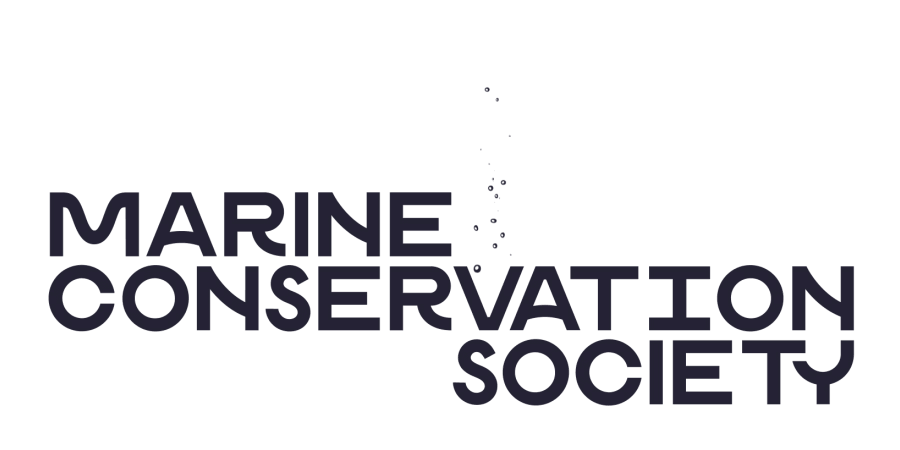
A story from the Red Sea
Sea Champion, Hannah Cocks, shares her experiences as a Research Assistant with 'Red Sea Project'.
‘You can often find me somewhere on a soggy, windswept beach in the UK conducting clean ups, looking in rockpools or just generally fuelling my interest in marine conservation.
My journey to the Red Sea
I applied for an internship whilst finishing my MSc in Marine Environmental Management. Ahmed, the director of RED SEA PROJECT™, invited me to join him in Egypt for three months.
Before I knew it, I was on a plane and arriving at Marsa Alam airport with ten others who were participating in a three-week Marine Research Training Programme. We arrived late at night and did not know that only 200m away from where we slept was the Red Sea, one of the most diverse and abundant marine ecosystems in the world.
Marsa Abu Dabbab is a natural u-shaped bay at the mouth of the Abu Dabbab valley. Two fringing reefs frame the bay harbouring an astonishing abundance of marine life. The corals are incredibly diverse and thriving, a striking contrast to the devastating coral bleaching occurring globally. The centre of the bay is sandy with seagrass beds. You need not swim far to see green turtles chomping on seagrass in the shallows. The bay is visited by dolphins, dugongs and occasionally sharks! This all creates a perfect environment for the RED SEA PROJECT™ base.
The Red Sea Projects
The Red Sea has little consistent and reliable long-term data recorded which makes it hard to implement conservation policy based on science, therefore building up dependable and high-quality databases and disseminating information to the public is the emphasis of the work. Using easily replicable survey techniques to ensure the continuation and growth of work relying, in part, on citizen science. Most of the data collected is uploaded to online open archives, such as Internet of Turtles, contributing to marine conservation in a wider context. Time is invested in outreach and education to ensure the work has a meaningful impact.
Another project I have been assisting with is the RED SEA DOLPHINS PROJECT™. We collaborated with Dolphin Watch Alliance, directed by the incredible Angela Ziltener whose cetacean knowledge is second to none! We spent two days on a boat monitoring Indo-Pacific bottlenose dolphins by observing and recording their behaviour and group composition and then photographing and videoing them for identification purposes.
Whilst this experience was incredible, it was also eye-opening to see the effect of the tourism industry on dolphin welfare.
I also had the chance to monitor Red Sea corals using the CoralWatch method. The unique geological and climactic conditions of the Red Sea provide ideal conditions for coral growth. We recorded the colours of the corals using the CoralWatch chart to assess the extent of bleaching and mark down the type of coral to look at reef structure and diversity.
An amazing learning experience
If you are a keen conservationist currently studying a degree or masters I would recommend applying for a training programme. It gives students the opportunity to gain practical skills in a new and exciting environment. I can promise you it is well worth it!'
The Red Sea Project is a non-profit organisation that focuses on the conservation of the Red Sea through research, citizen science programmes and community engagement (www.redsea-project.com)





